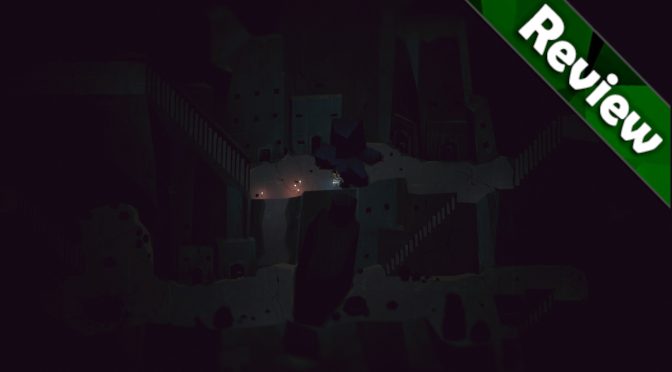It seems our industry is going through a phase lately where we value games for how much ‘git gud’they can extract from the player. New speedrunning videos constanly flood my YouTube feed, 16-bit games are making an unexpected comeback, and esports champions are regarded as gods in some circles. Then there is also the surge of new rogue-lites on Steam to consider.
It is in this latter category that the latest release by Capybara Games, named Below, wants to make its mark. At a glance, Below has the makings of a classic, bona fide rogue-lite. It features uncomplicated yet challenging gameplay, a robust crafting and combat system, and, of course, the infamous ‘permadeath’ (meaning dying marks the end of your progress).
In other words, the game could have been endlessly rewarding to observant and cautious players, and relentlessly punishing to reckless ones. Yet, after repeatedly making my way through the labyrinthine caverns that make up Below’s setting, I found myself reluctantly admitting that I was not having fun.
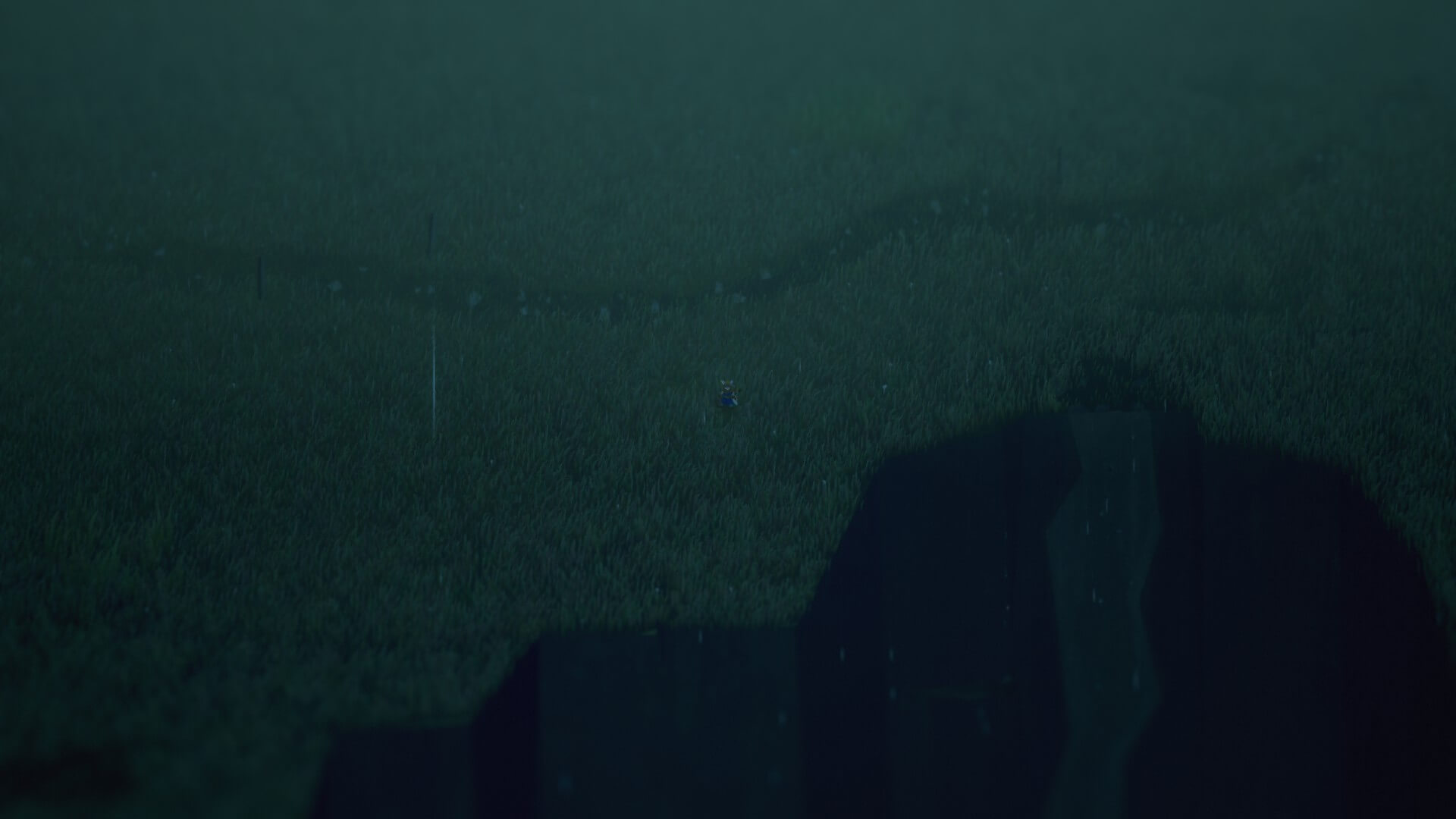
Instead of coaxing me into that ‘just one more time’ stupor that has always been the privilege of this genre, Below’s mistakes just made me yearn to put my controller down. The gameplay is fun, the aesthetics are brilliant, and the world begs to be explored. Yet, the way in which repetitive gameplay has been erroneously paired together with slow pacing inevitably causes the overall experience to spill over into monotony.
Stories around the campfire
Right from the opening mini-cinematic, Below shows that it embraces a minimalist approach. The story, the environments, and the audio-visual style are striking yet not overly detailed, which means that it is often left to the player to figure some things out. It is actually a very effective way of getting your imagination deeply involved in the gameplay. It works really well here since Below manages to be every bit as immersive as games that are far more elaborate in their execution.
The game slowly opens with what at first glance appeared to be a vast, starry sky until I realised that I was actually looking at an ocean. Once the camera started its slow, downward zoom, the distinctive white dot in the middle of the screen turned out to be a tiny ship sailing across the stormy waters. It was heading for an ominous-looking island.
The little ship eventually landed on the shoreline, and an equally small figure with a sword and shield disembarked, waiting for me to take control. I guess I am a knight then? It is hard to tell because the game’s isometrically-angled camera is mostly placed at a considerable distance. Even playing on a 30 inch screen (with my glasses on), I struggled to make out exactly what I am.
Furthermore, the game doesn’t provide an objective, dialogue or button prompts, and pulling up the ‘map’ button just displays a little circle linked to two lines. Throwing caution to the wind, I set off anyway and eventually reached a dead camp fire. Can I light it? Yes, and activating the blazing hearth opens two symbols.
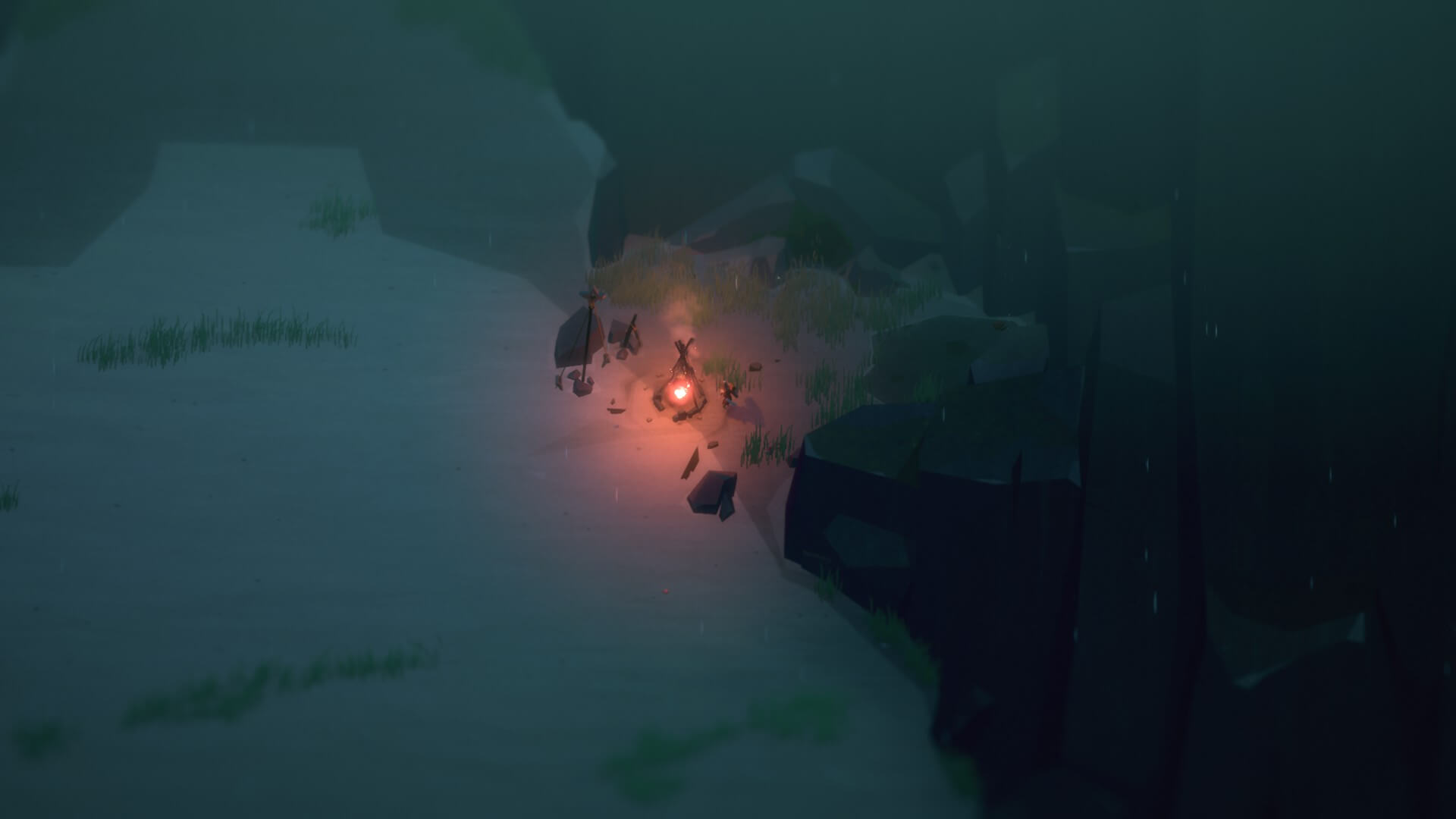
One symbol is inactive for now, while the other opens an inventory of sorts with blank slots. Aha! I think I just found what must be my crafting roster. After leaving the fire I did indeed discover various foodstuffs, minerals and pieces of wood that can be combined into things like arrows, powders, or even caltrops.
I also stumbled upon other menus where I can swap between secondary weapons like a hammer or a bow, and another menu which indicates what keys or armor I am carrying. Some more exploring yielded a lantern which uses little diamond shaped shards as fuel. When its beam is concentrated, the lantern can even open magical, rune-covered doors.
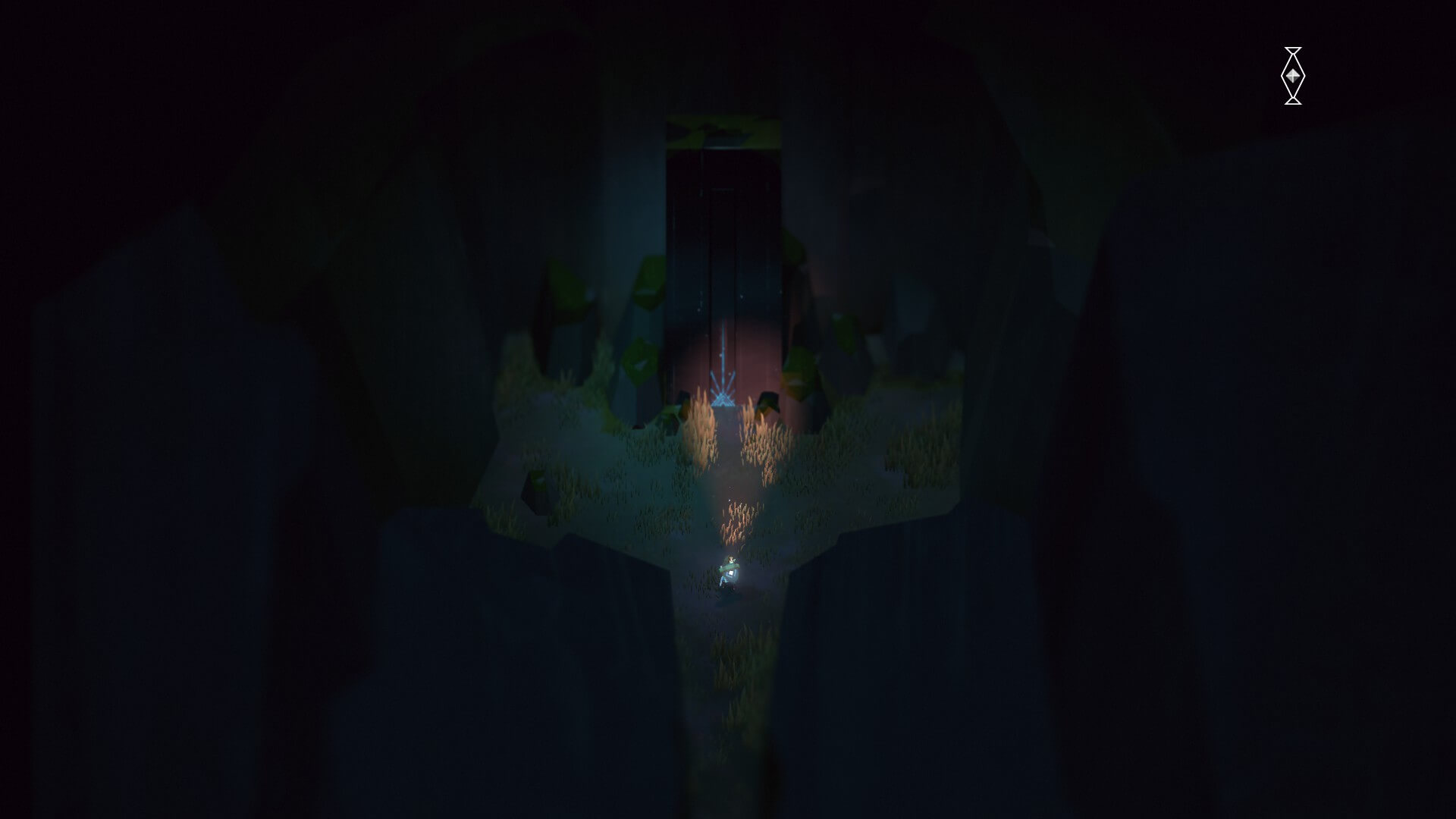
So far, so good. The exploration was clearly rewarding, and the controls are snappy and intuitive. With enough food and crafting items stashed away, I felt ready to proceed through the huge door I just opened with my lantern to where the real game begins. What happens on the shore of the island is basically just to prepare the player for the depths that are to come.
Into the abyss
Whereas the island’s surface hosts a busy, tumultuous atmosphere, the underground, where 95% of the game takes place, makes a jarring contrast with the surface. Down here, the game adopts a dark, quiet and foreboding tone. Exploring on land was nothing compared to how vulnerable and isolated I suddenly felt in the choking darkness.
Perhaps my map now has an objective? Nope, but at least I know the circle or square represents a room, and the lines signify the routes connected to it. Saving my lantern for later, I pull out a torch and begin to wade cautiously through the foggy unknown. I appear to be in a cavern of some sort since I hear echoing drops of water trickling in the dark.
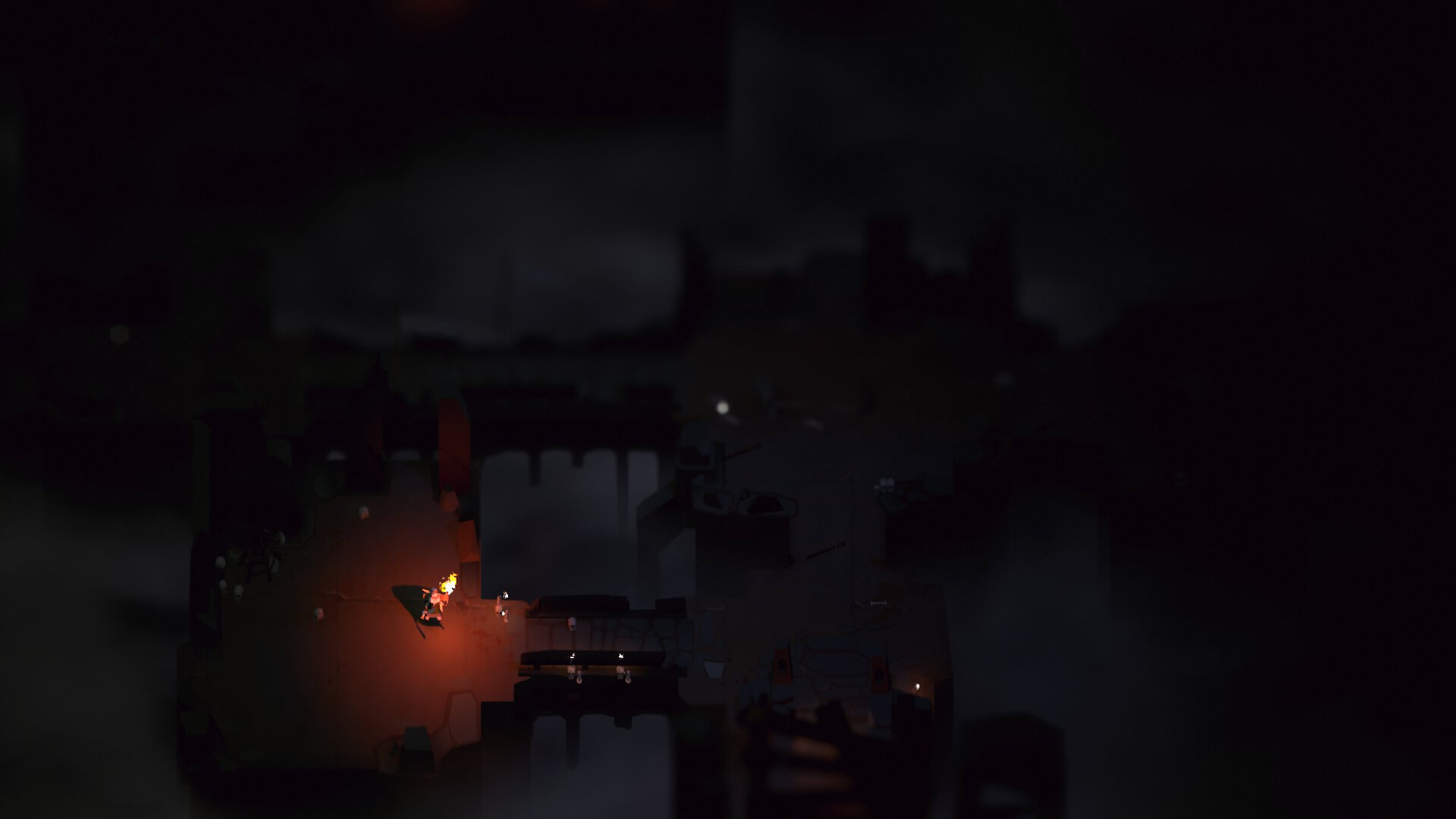
The moment I saw the dark, shadowy figure scuttle toward me, I realized I was about to experience the game’s combat. It moves too fast to make out what is on the attack, but my sword is ready. I block with my shield and slash determinedly at the shadowy foe. It proves no match for my little explorer, and I stash away the lantern shard that the creature drops after its demise.
After searching the whole area, I proceed to the next, randomly-generated room to find more enemies for the picking, along with more loot to gather. I also make short work of this lot since I am really getting the hang of the simple yet engaging combat mechanics. Before I know it, a number 2 slowly appears at the top of the screen to inform me I have descended to the second level. Nice.
Upon reaching level 3, I faced slightly larger versions of the shadow creatures, but the use of my newly-crafted explosive arrows ensured that they met the same fate as their lesser counterparts. It was also at this point that I began to hear a peculiar resonating bass note for the first time, and two icons resembling a stomach and a drop of water pulsed in the upper corner of the screen.
Guess that means I am hungry and thirsty. No problem, since I have a steak stashed away, and there happens to be a drinking puddle to my left. After calming my craving for sustenance, I noticed a weird rock jutting out the ground and decided to inspect it. I got close… and WHAM!! the little knight got killed instantly by what now revealed itself as a spike trap.
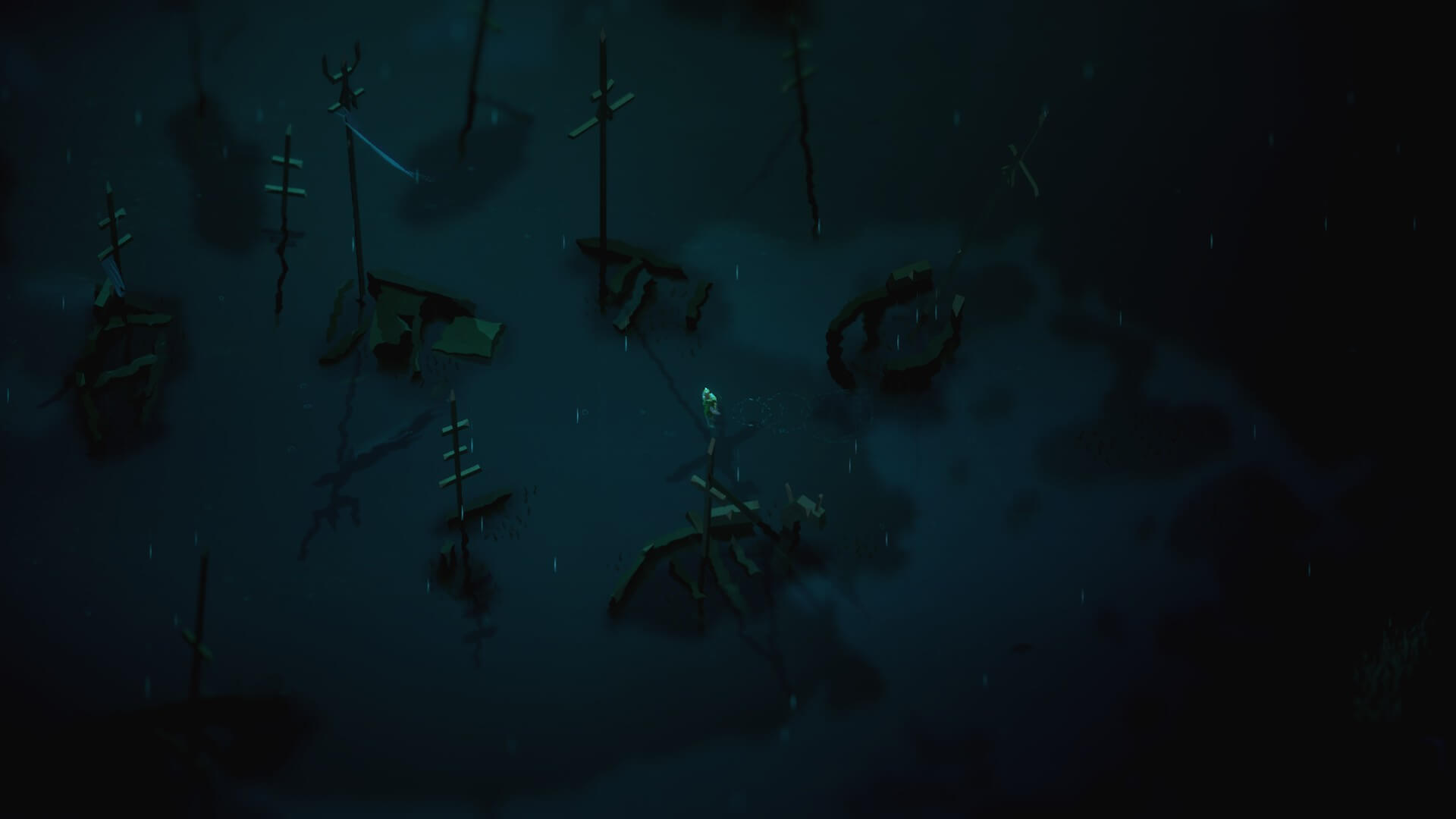
By the time I restarted and the next little explorer was en route to the island, I was still sitting with my mouth agape. How was I supposed to know that was a trap!? I reminded myself that this is a rogue-lite. You have to ‘git gud’ or ‘git out’ because everything is out to get you.
When I arrived on the shore for the second time, I saw the ruins of my former ship lying by the shore line as insult to injury. My mini-hero looks a little different this time, implying that I am playing as someone else brave enough to sail to the island. I also find the skeleton of the knight from my previous playthrough, along with the loot I gathered and the lantern. This is a nice way of working a narrative touch and a sense of continuity into the permadeath mechanic.
Enjoy it while it lasts
Unfortunately, it was already here that I already started liking Below a bit less. While the combat is fast and energetic, the rest of the exploration is paced much slower. I had been playing and exploring for quite a while by the time the previous hero had reached his untimely death on the spikes. To expect me to do ALL of this again was just a little too much.
Additionally, factor in how long it takes to get to, say, level 16 only to die of another inconspicuously placed trap and you can imagine why the gameplay will begin to fail at keeping you excited and engaged. By the umpteenth time you pull up on the island’s shore, you will start to feel like enough is enough.
At least this problem is mitigated somewhat by ‘The Pocket’ which is a storage area accessible through a portal activated at the little camp fires. It acts like a bank in which you can permanently stash any kind of supply and it remains untouched upon your death.
Alternatively, you can toss 25 of the lantern gems into camp fires on the later levels which turn the flames blue. This then acts as a shortcut, so when your new little wanderer pulls up on shore, they can teleport straight to this point and thus cut out quite a bit of the (re)grind.
Most bizarrely, the developers thought it wise to only allow this once. If you happen to die after traveling through the flames (without making a new shortcut), then you lose the checkpoint. This means you will be stuck right at the beginning of the game with no supplies or gems, and your previous wanderer’s corpse might be 10 floors down along with the lantern. Given that Below makes no attempt to warn you against this, it could be a highly unfavourable scenario that would be realized by one too many players.
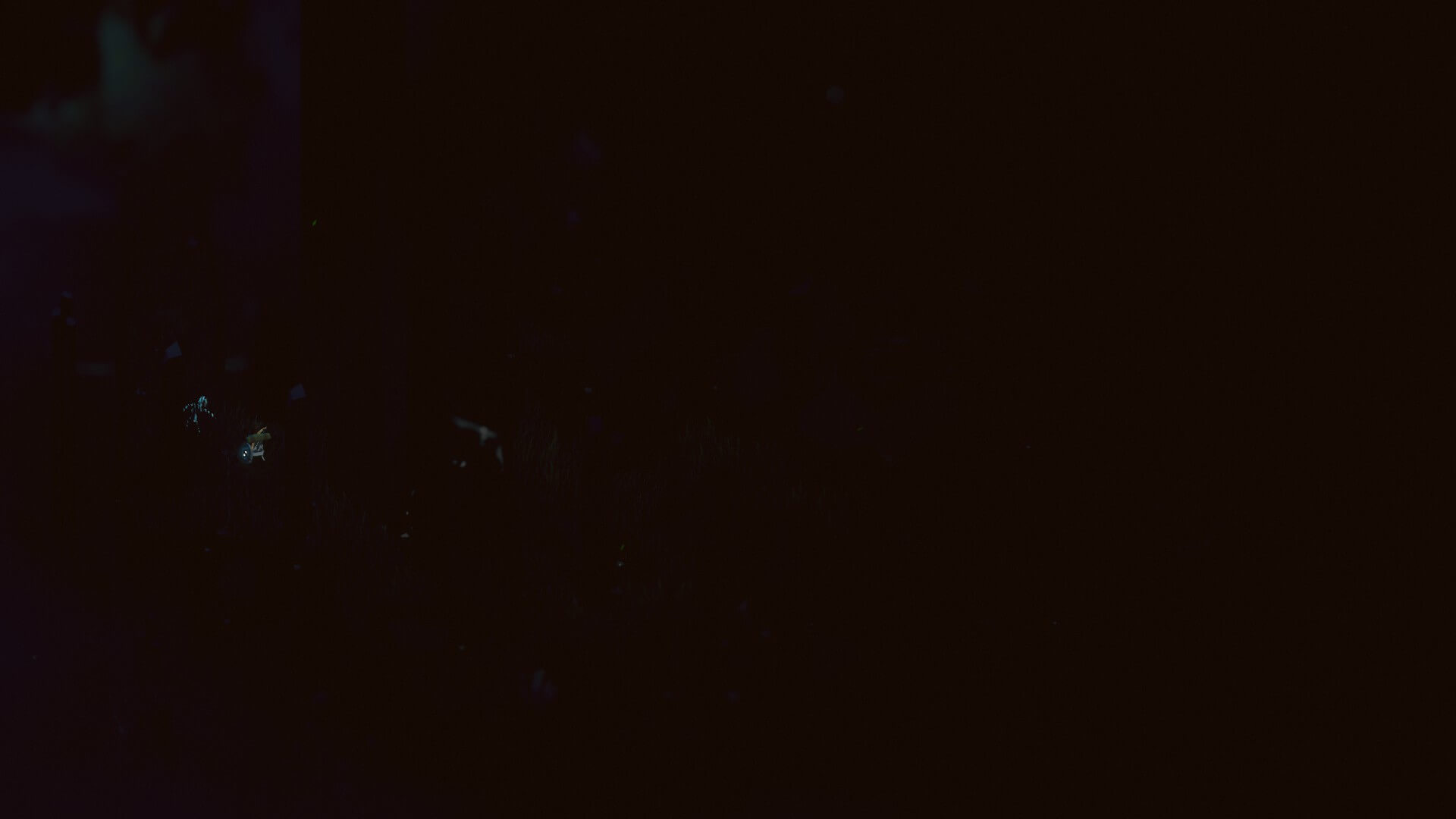
Also, as a teenager my mother used to accuse me of eating her out of the house, but damn this little fellow would put even my pubescent metabolism to shame. I often lost substantial progress not due to deadly traps or enemies, but starvation. One of the most recurring and irritating sounds the player will hear is that ominous bass tone signifying thirst or that the little fellow’s tummy is rumbling.
Perhaps you are playing as a hobbit, which would explain why the character is so small and constantly getting peckish. Either way, if the player is deep underground without food, the only way to avoid death by lack of yummies is by means of tedious backtracking looking for mice, bats and snakes to kill. Is this anyone’s idea of a thrilling quest?
Sad but true
I am generally a determined gamer, but I can only tell myself so many times that this is a rogue-lite and that I should learn from my mistakes. Such a laid-back pacing and insta-kill traps is simply not meant for this kind of repetition. Instead of being punished for carelessness, it felt more like the gameplay itself was the punishment.
What makes the state of Below so tragic is that it has such solid aesthetics. Yes, you might be viewing the action from afar, but the withdrawn perspective of the camera really creates a sense that you are this tiny, exposed figure in an enormous space.
For the same reason, Below also boasts exquisite sound design. The deep, guttural background effects combined with realistic reverberation enhances a sense of depth for the in-game environments. The experience is a testimony to the fact that immersion is a product of atmosphere, and not necessarily the GPU-heavy special effects that AAA games so needlessly fall back on.
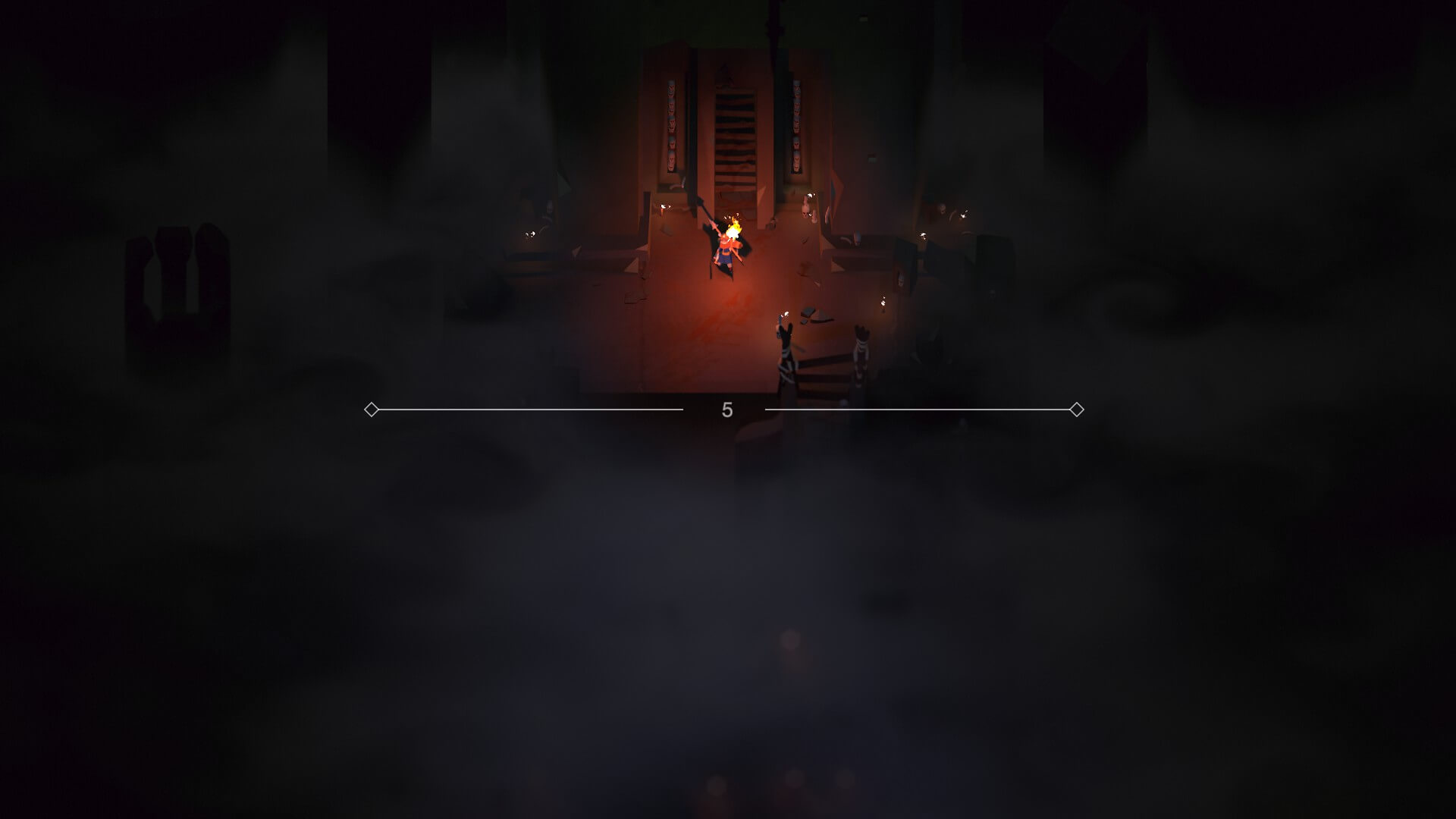
I suspect that the developers intended to combine the resource gathering of a survival game with the combat mechanics of a rogue-lite. The reality is that Below never really commits to either genre, and I feel like they have produced a game with an identity crisis instead. What they have come up with feels too much like a house of cards – the whole structure just ends up crashing down due to a few small but crucial issues with the cards at the foundations.
I always hate to say this, especially since Below is an indie game, but I simply cannot recommend this one. Capybara Games has stepped into the rookie trap of confusing the line between ‘challenging’ and ‘unfairly hard,’ which seems to happen one too many times nowadays. When placed next to other, more refined games with similar ambitions, Below’ miniaturised torch just looks too faint.
![]()
- Great visual design
- Enthralling audio design
- Level design
- Exploration
![]()
- Pacing too slow
- Single use shortcuts
- Instant death traps
- Periodic crashes
- Survival mechanics
- Lantern retrieval
Playtime: 37 hours total. To complete all 20 levels of the game
Computer Specs: Windows 10 64-bit computer using GTX 1070, i5 4690K, 16GB RAM – Played with Xbox One Controller
Pieter hails all the way from the tip of southern Africa and suffers from serious PC technophilia. Therapists say it is incurable. Now he has to remind himself constantly that gaming doesn’t count as a religion even if DRM is the devil. Thankfully, writing reviews sometimes helps with the worst symptoms.

